Sleep & You: 5 Key Facts

Sleep is fundamental to our health and well-being. It’s not just about feeling rested; it impacts everything from our mood and cognitive function to our physical health and immune system. Understanding the intricate relationship between sleep and our bodies is crucial for optimizing our overall quality of life. Here are five essential things you need to know.
1. Sleep Architecture: Understanding Your Sleep Cycles
Sleep isn’t a uniform state of rest. It’s a complex, cyclical process involving different stages, each with its own unique characteristics and functions. Understanding these sleep stages – collectively known as sleep architecture – is key to appreciating the restorative power of sleep.
The Stages of Sleep
A complete sleep cycle lasts approximately 90-120 minutes and consists of two main phases: Non-Rapid Eye Movement (NREM) sleep and Rapid Eye Movement (REM) sleep. NREM sleep is further divided into three stages:
- NREM Stage 1 (N1): This is the transition phase between wakefulness and sleep. It’s a light sleep stage where you might experience hypnic jerks (the sensation of falling) or drifting in and out of awareness. Brain waves begin to slow down.
- NREM Stage 2 (N2): This is a slightly deeper sleep stage. Brain waves continue to slow, with occasional bursts of rapid activity called sleep spindles and K-complexes. Body temperature drops and heart rate slows.
- NREM Stage 3 (N3): Also known as slow-wave sleep or deep sleep, this is the most restorative stage of sleep. Brain waves are very slow, and it’s difficult to be awakened. During this stage, the body repairs tissues, builds bone and muscle, and strengthens the immune system. Growth hormone is released.
- REM Sleep: This stage is characterized by rapid eye movements, increased brain activity, and muscle paralysis. Breathing and heart rate become irregular. This is the stage where most vivid dreaming occurs. REM sleep is crucial for cognitive functions like learning, memory consolidation, and emotional processing.

The Importance of Cycling Through Stages
Ideally, you should cycle through all these stages multiple times each night. A typical night of sleep consists of 4-6 cycles. The proportion of time spent in each stage changes throughout the night. Deep sleep (NREM Stage 3) is more prevalent in the first half of the night, while REM sleep becomes longer and more frequent in the second half.
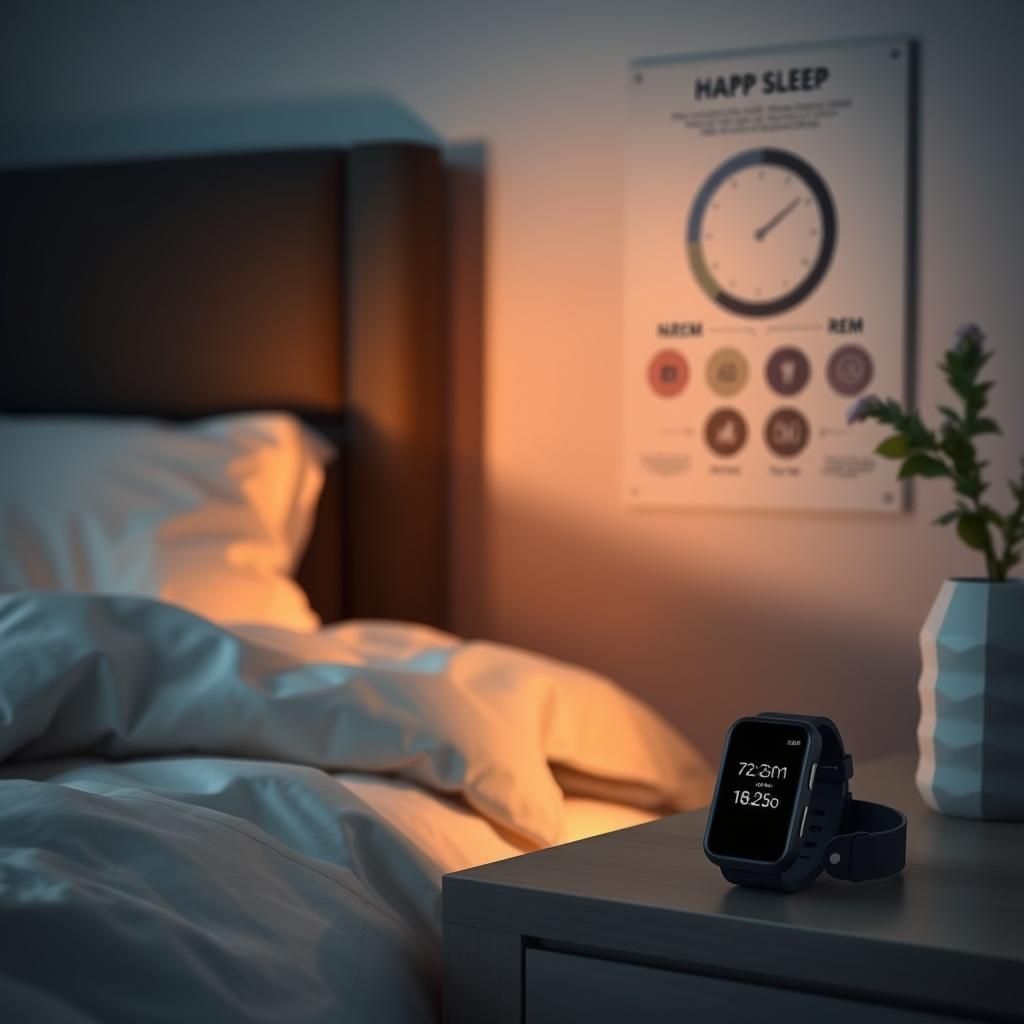
Factors Affecting Sleep Architecture
Several factors can influence your sleep architecture, including:
- Age: As we age, we tend to spend less time in deep sleep and more time in lighter stages of sleep.
- Sleep Deprivation: Insufficient sleep can disrupt the normal sleep cycle and reduce the amount of time spent in restorative sleep stages.
- Alcohol and Medications: Alcohol can initially induce sleepiness but disrupts sleep later in the night, reducing REM sleep. Certain medications can also affect sleep architecture.
- Sleep Disorders: Conditions like sleep apnea and restless legs syndrome can fragment sleep and prevent you from cycling through the stages properly.
Tracking Your Sleep
Wearable sleep trackers and sleep apps can provide insights into your sleep architecture by monitoring your sleep stages. While these devices aren’t perfect, they can offer a general overview of your sleep patterns and help you identify potential issues.
2. The Circadian Rhythm: Your Internal Clock
Our sleep-wake cycle is governed by the circadian rhythm, an internal biological clock that regulates various bodily functions over a 24-hour period. This internal clock influences not only sleep but also hormone release, body temperature, and alertness.
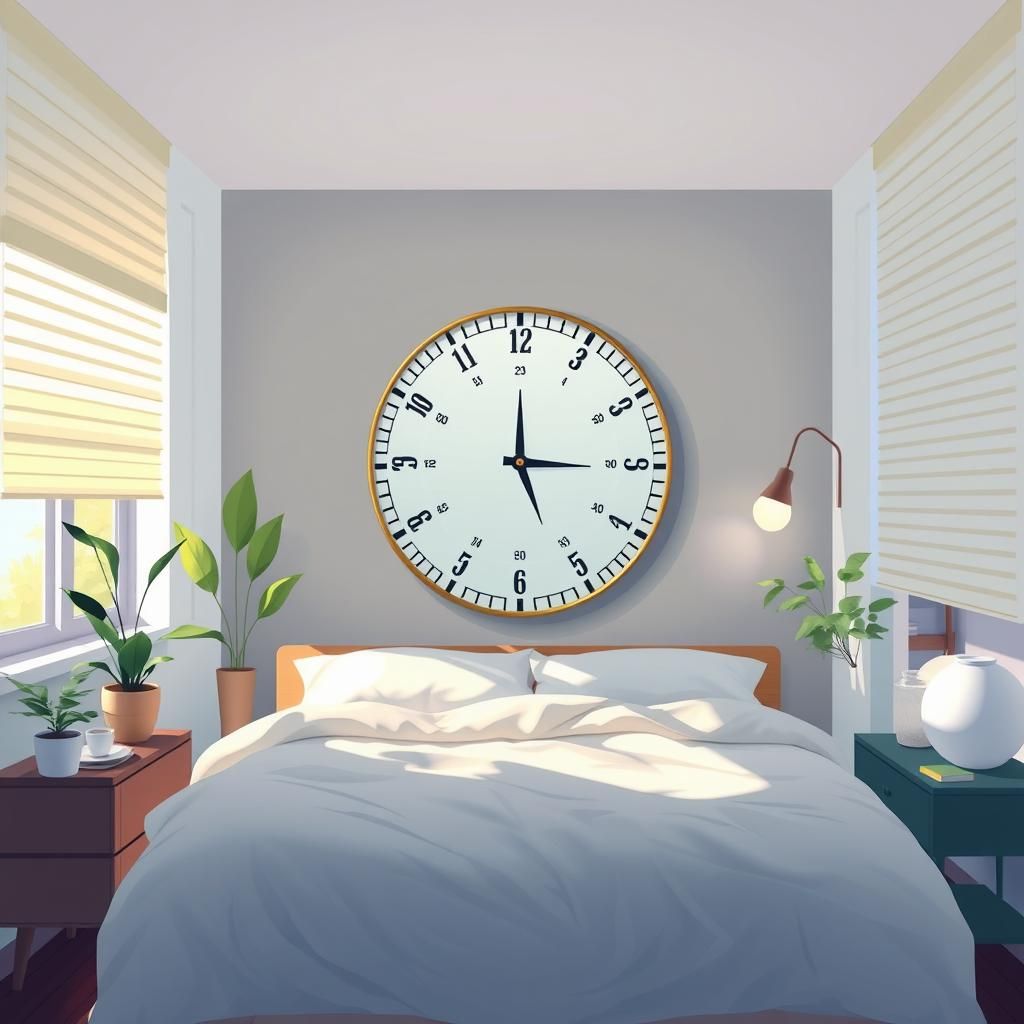
How the Circadian Rhythm Works
The circadian rhythm is primarily controlled by a master clock located in the brain called the suprachiasmatic nucleus (SCN). The SCN receives information about light exposure through the eyes and uses this information to synchronize the body’s internal clock with the external environment.
The Role of Light
Light is the most powerful cue for regulating the circadian rhythm. Exposure to bright light, especially in the morning, helps to suppress the production of melatonin (a sleep-promoting hormone) and promotes wakefulness. Conversely, darkness signals the body to produce melatonin, preparing it for sleep.
Disruptions to the Circadian Rhythm
When the circadian rhythm is disrupted, it can lead to various health problems, including:
- Insomnia: Difficulty falling asleep or staying asleep.
- Daytime Sleepiness: Excessive fatigue and reduced alertness during the day.
- Mood Disorders: Increased risk of depression and anxiety.
- Metabolic Problems: Increased risk of obesity, diabetes, and other metabolic disorders.
- Weakened Immune System: Reduced ability to fight off infections.
Common causes of circadian rhythm disruption include:
- Shift Work: Working irregular hours that conflict with the natural sleep-wake cycle.
- Jet Lag: Traveling across multiple time zones.
- Irregular Sleep Schedules: Going to bed and waking up at different times each day.
- Exposure to Artificial Light at Night: Using electronic devices before bed can suppress melatonin production and disrupt sleep.
How to Regulate Your Circadian Rhythm
You can take steps to regulate your circadian rhythm and improve your sleep:
- Maintain a Consistent Sleep Schedule: Go to bed and wake up at the same time each day, even on weekends.
- Expose Yourself to Bright Light in the Morning: Spend time outdoors or use a light therapy box.
- Avoid Blue Light Before Bed: Limit exposure to electronic devices for at least an hour before bed.
- Create a Relaxing Bedtime Routine: Take a warm bath, read a book, or listen to calming music.
- Make Your Bedroom Dark, Quiet, and Cool: Optimize your sleep environment for restful sleep.
3. Sleep Deprivation: The Consequences of Not Enough Sleep
Chronic sleep deprivation is a widespread problem in modern society, with significant consequences for physical and mental health. While the exact amount of sleep needed varies from person to person, most adults require 7-9 hours of sleep per night. Consistently getting less than this can lead to a wide range of negative effects.

Cognitive Impairment
One of the most immediate effects of sleep deprivation is cognitive impairment. Lack of sleep can impair:
- Attention and Concentration: Difficulty focusing and staying on task.
- Memory: Problems with learning and remembering new information.
- Decision-Making: Impaired judgment and increased risk-taking behavior.
- Reaction Time: Slower reflexes and increased risk of accidents.
Studies have shown that even mild sleep deprivation (e.g., getting 6 hours of sleep per night for several days) can have a significant impact on cognitive performance, similar to the effects of alcohol intoxication.
Physical Health Problems
Chronic sleep deprivation can also increase the risk of various physical health problems, including:
- Cardiovascular Disease: Increased risk of high blood pressure, heart attack, and stroke.
- Diabetes: Impaired glucose metabolism and increased risk of type 2 diabetes.
- Obesity: Disrupted hormone regulation that can lead to increased appetite and weight gain.
- Weakened Immune System: Reduced ability to fight off infections.
- Chronic Pain: Increased sensitivity to pain and increased risk of chronic pain conditions.
Mental Health Issues
Sleep deprivation can exacerbate existing mental health problems and increase the risk of developing new ones, including:
- Depression: Sleep problems are a common symptom of depression, and sleep deprivation can worsen depressive symptoms.
- Anxiety: Lack of sleep can increase feelings of anxiety and make it more difficult to cope with stress.
- Mood Swings: Irritability, impulsivity, and emotional instability.
Safety Risks
Sleep deprivation can also increase the risk of accidents and injuries. Drowsy driving is a major cause of traffic accidents, and fatigue can also contribute to workplace accidents and other safety-related incidents.
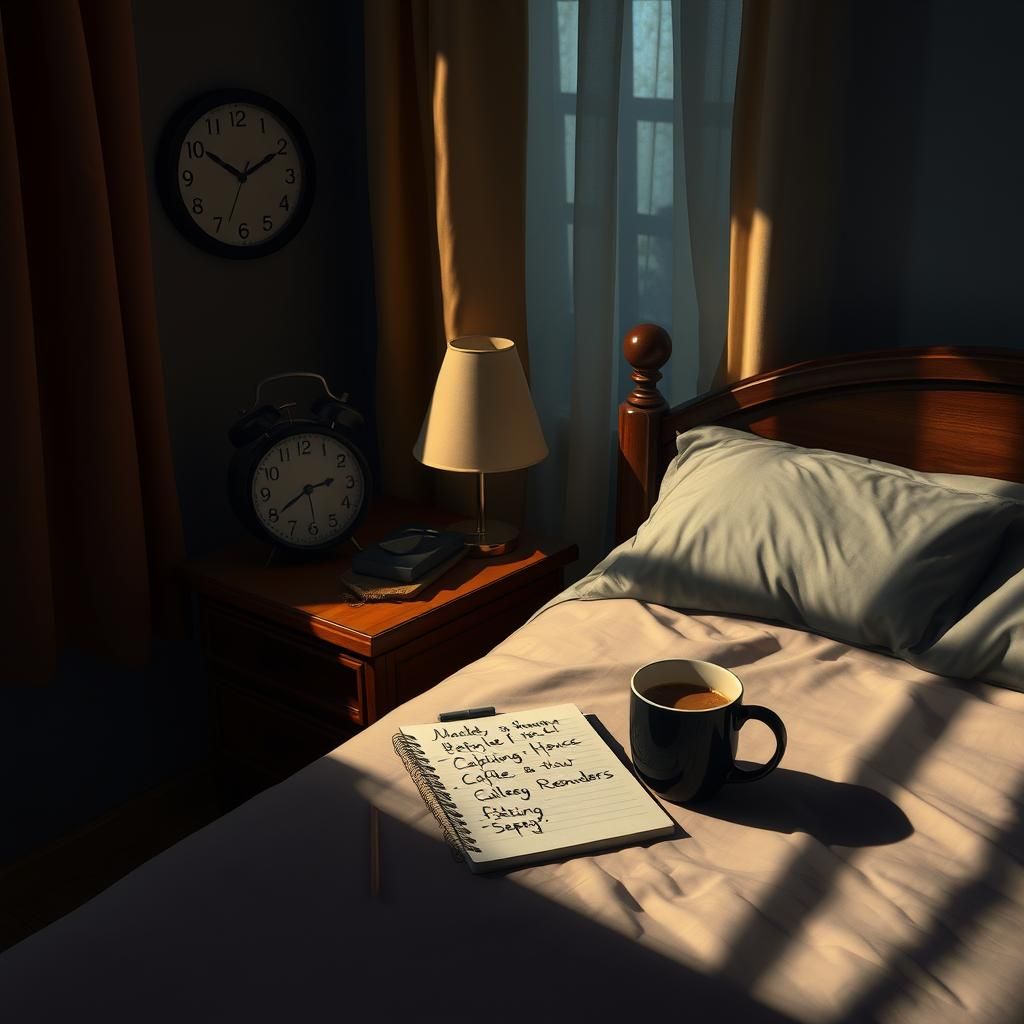
Identifying Sleep Deprivation
Common signs and symptoms of sleep deprivation include:
- Excessive Daytime Sleepiness: Feeling tired and sluggish throughout the day.
- Difficulty Concentrating: Trouble focusing and staying on task.
- Irritability: Feeling easily frustrated and annoyed.
- Impaired Memory: Difficulty remembering things.
- Reduced Productivity: Decreased efficiency and performance.
Addressing Sleep Deprivation
If you suspect you are sleep-deprived, there are several things you can do to improve your sleep:
- Prioritize Sleep: Make sleep a priority in your daily routine.
- Establish a Regular Sleep Schedule: Go to bed and wake up at the same time each day, even on weekends.
- Create a Relaxing Bedtime Routine: Wind down before bed with relaxing activities.
- Optimize Your Sleep Environment: Make your bedroom dark, quiet, and cool.
- Avoid Caffeine and Alcohol Before Bed: These substances can interfere with sleep.
- Talk to Your Doctor: If you have persistent sleep problems, talk to your doctor to rule out any underlying medical conditions.
4. Common Sleep Disorders: Recognizing the Signs
Sleep disorders are conditions that disrupt normal sleep patterns and can have a significant impact on overall health and well-being. Recognizing the signs and symptoms of common sleep disorders is crucial for seeking appropriate treatment and improving sleep quality.
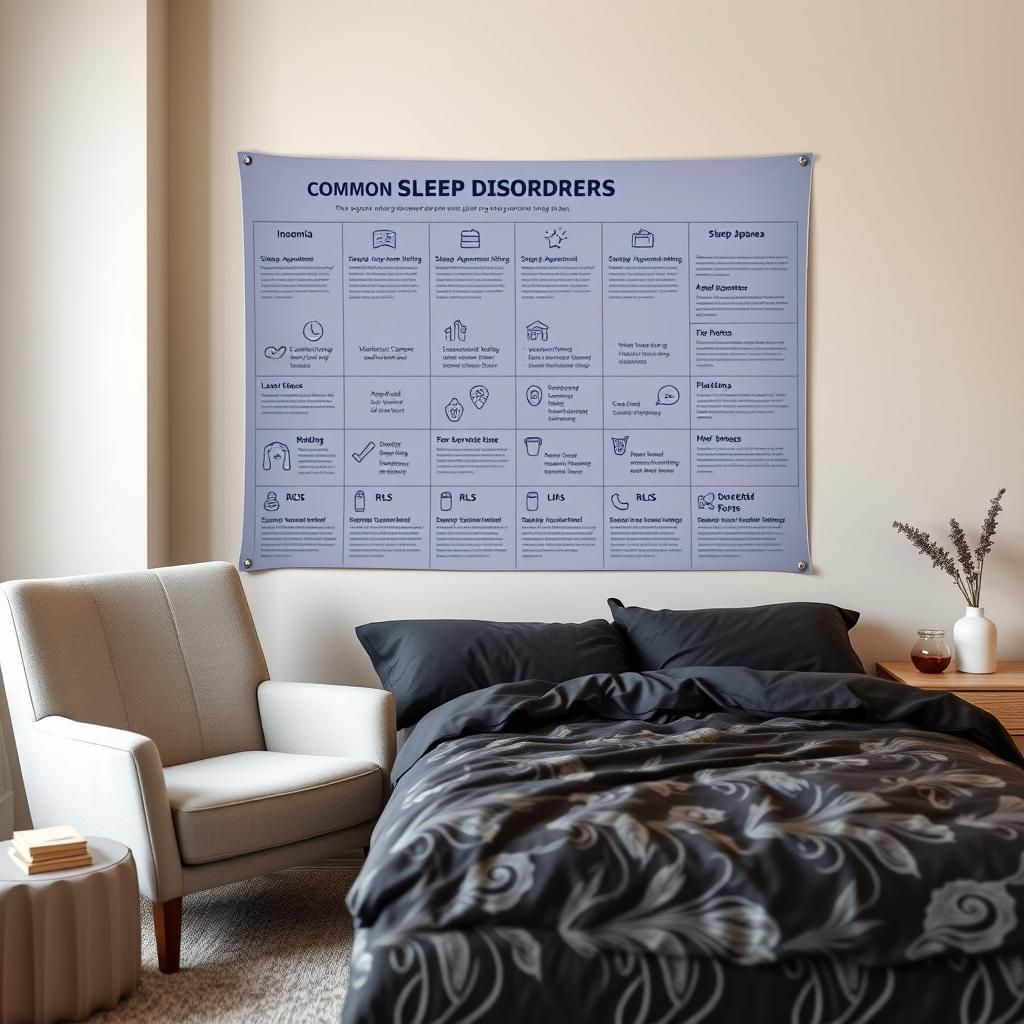
Insomnia
Insomnia is characterized by difficulty falling asleep, staying asleep, or experiencing non-restorative sleep. It can be acute (short-term) or chronic (long-term). Symptoms include:
- Difficulty falling asleep at night
- Waking up frequently during the night
- Having trouble returning to sleep after waking up
- Waking up too early in the morning
- Feeling tired or unrefreshed after sleep
- Difficulty concentrating or remembering things
- Irritability, depression, or anxiety
Sleep Apnea
Sleep apnea is a disorder characterized by pauses in breathing or shallow breaths during sleep. These pauses can occur repeatedly throughout the night, disrupting sleep and reducing oxygen levels in the blood. The most common type is obstructive sleep apnea (OSA), where the upper airway becomes blocked during sleep. Symptoms include:
- Loud snoring
- Gasping or choking during sleep
- Pauses in breathing observed by a bed partner
- Daytime sleepiness
- Morning headaches
- Difficulty concentrating
- Irritability
- High blood pressure
Restless Legs Syndrome (RLS)
Restless legs syndrome (RLS) is a neurological disorder characterized by an irresistible urge to move the legs, often accompanied by uncomfortable sensations such as tingling, crawling, or aching. Symptoms are typically worse in the evening or at night and can interfere with sleep. Symptoms include:
- An irresistible urge to move the legs
- Uncomfortable sensations in the legs (tingling, crawling, aching)
- Symptoms worsen at rest and improve with movement
- Symptoms are typically worse in the evening or at night
- Sleep disturbances
Narcolepsy
Narcolepsy is a neurological disorder that affects the brain’s ability to regulate sleep-wake cycles. It is characterized by excessive daytime sleepiness, sudden muscle weakness (cataplexy), sleep paralysis, and hypnagogic hallucinations. Symptoms include:
- Excessive daytime sleepiness
- Sudden muscle weakness (cataplexy) triggered by strong emotions
- Sleep paralysis (inability to move or speak while falling asleep or waking up)
- Hypnagogic hallucinations (vivid dreamlike experiences while falling asleep)
- Disturbed nighttime sleep
REM Sleep Behavior Disorder (RBD)
REM sleep behavior disorder (RBD) is a sleep disorder in which individuals act out their dreams during REM sleep. Normally, muscles are paralyzed during REM sleep to prevent us from acting out our dreams. In RBD, this paralysis is absent, leading to potentially dangerous behaviors. Symptoms include:
- Acting out dreams during sleep (talking, yelling, punching, kicking)
- Injuring oneself or a bed partner during sleep
- Vivid and violent dreams
- Often associated with other neurological conditions like Parkinson’s disease
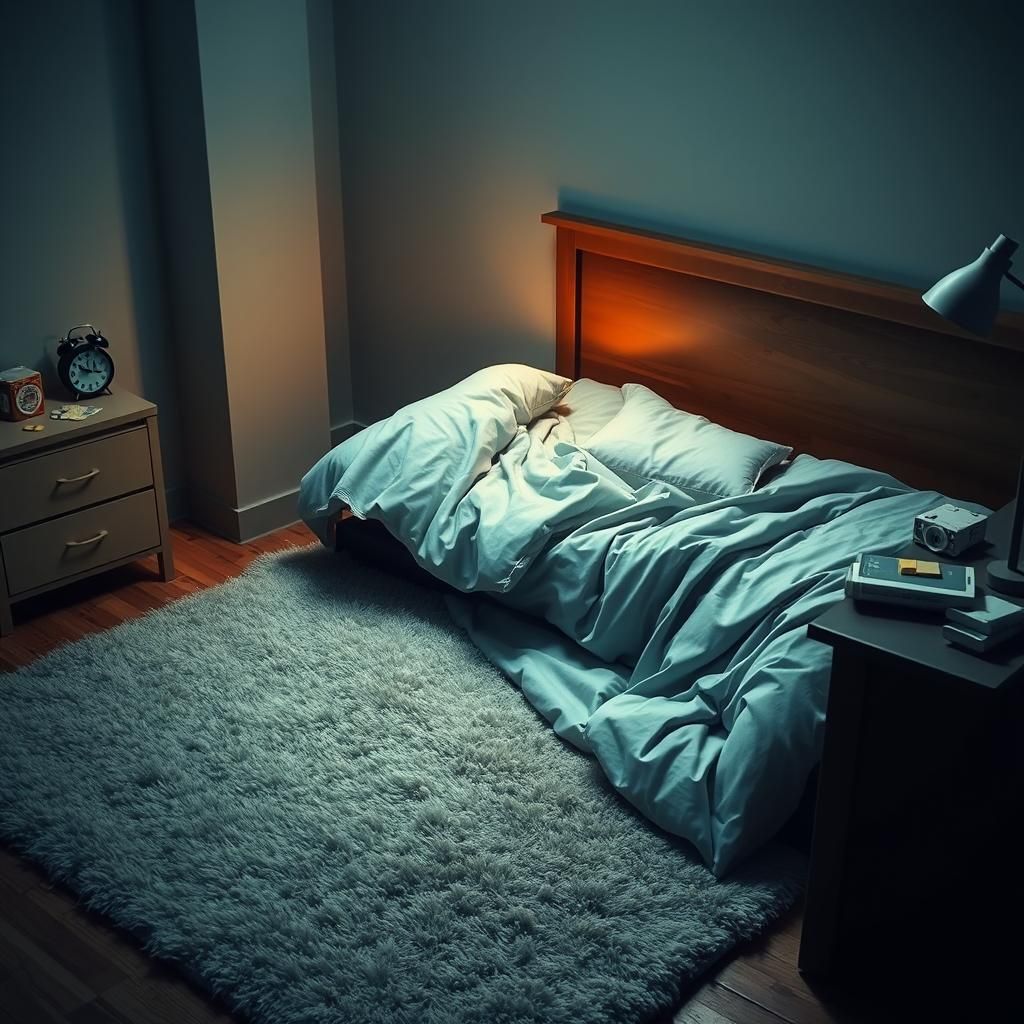
Seeking Diagnosis and Treatment
If you suspect you have a sleep disorder, it’s important to seek a diagnosis from a healthcare professional. A doctor can evaluate your symptoms, conduct a physical exam, and order sleep studies (such as polysomnography) to determine the underlying cause of your sleep problems. Treatment options vary depending on the specific disorder and may include:
- Lifestyle Changes: Improving sleep hygiene, such as maintaining a regular sleep schedule, creating a relaxing bedtime routine, and optimizing your sleep environment.
- Cognitive Behavioral Therapy for Insomnia (CBT-I): A structured therapy that helps you identify and change thoughts and behaviors that contribute to insomnia.
- Medications: Prescription medications to treat insomnia, sleep apnea, restless legs syndrome, and narcolepsy.
- Continuous Positive Airway Pressure (CPAP) Therapy: A treatment for sleep apnea that involves wearing a mask that delivers pressurized air to keep the airway open during sleep.
- Surgery: In some cases, surgery may be necessary to treat sleep apnea or other sleep disorders.
5. Optimizing Your Sleep Environment: Creating a Sleep Sanctuary
Creating a conducive sleep environment is essential for promoting restful and restorative sleep. By optimizing your bedroom for sleep, you can minimize distractions and create a sanctuary that encourages relaxation and sleepiness.
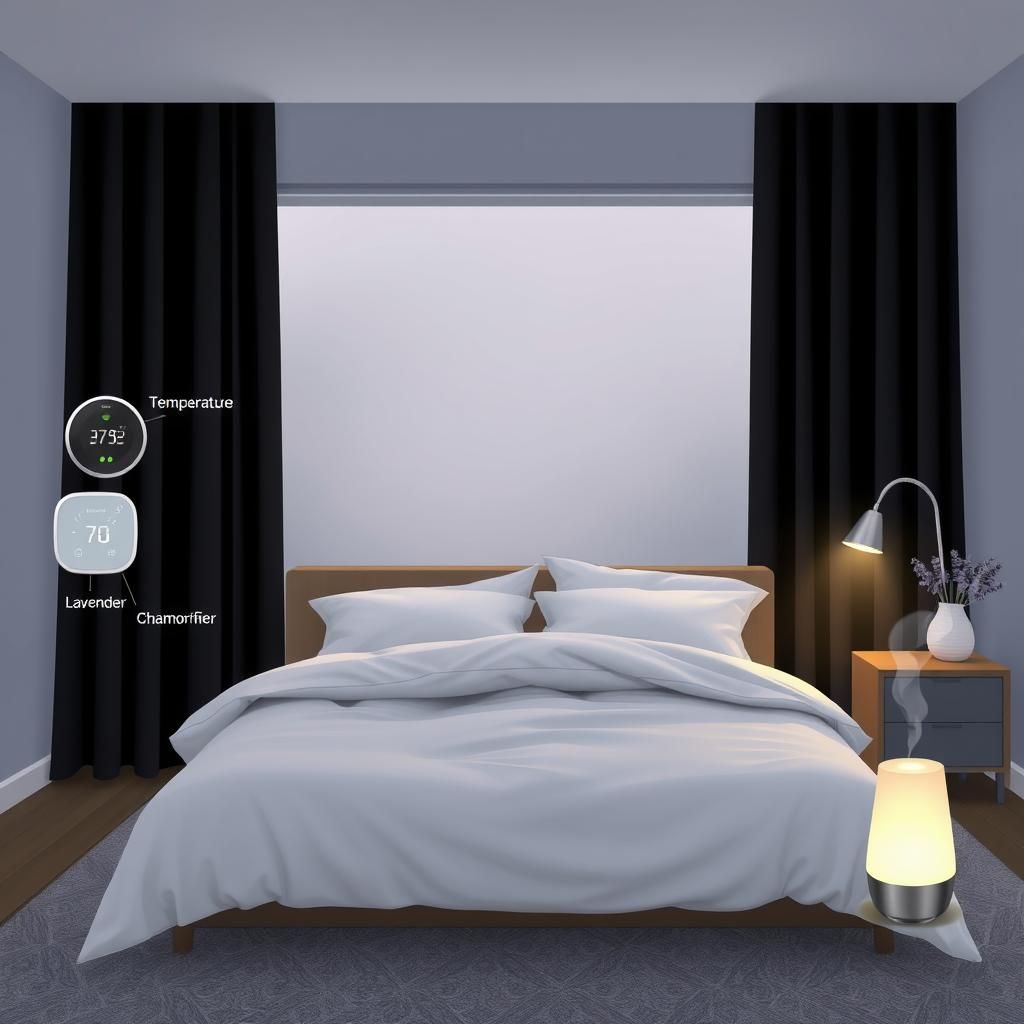
Darkness
Light exposure, especially blue light from electronic devices, can suppress melatonin production and disrupt your circadian rhythm. To create a dark sleep environment:
- Use blackout curtains or blinds: Block out as much external light as possible.
- Turn off electronic devices: Avoid using smartphones, tablets, and computers in bed. If you must use them, enable blue light filters or wear blue light-blocking glasses.
- Use a dim red light if needed: Red light has the least impact on melatonin production.
Quiet
Noise can disrupt sleep and make it difficult to fall asleep or stay asleep. To create a quiet sleep environment:
- Use earplugs or a white noise machine: Block out or mask distracting sounds.
- Soundproof your bedroom: Consider adding soundproofing materials to your walls or windows.
- Communicate with family members or roommates: Ask them to be mindful of noise levels during your sleep hours.
Temperature
The ideal sleep temperature is typically between 60 and 67 degrees Fahrenheit (15.5 and 19.4 degrees Celsius). A slightly cooler temperature helps to lower your core body temperature, which is a natural signal for sleep. To optimize your bedroom temperature:
- Adjust your thermostat: Set your thermostat to a comfortable temperature for sleep.
- Use a fan or air conditioner: To cool down your bedroom in the summer.
- Use a heater: To warm up your bedroom in the winter.
- Choose bedding that regulates temperature: Opt for breathable fabrics like cotton or linen.
Comfort
A comfortable bed and bedding are essential for a good night’s sleep. To optimize your sleep comfort:
- Choose a supportive mattress: Select a mattress that provides adequate support for your body and sleeping position.
- Use comfortable pillows: Choose pillows that support your head and neck in a comfortable position.
- Use soft and breathable bedding: Opt for natural fabrics like cotton or silk.
- Keep your bed clean and tidy: Regularly wash your bedding and remove clutter from your bed.
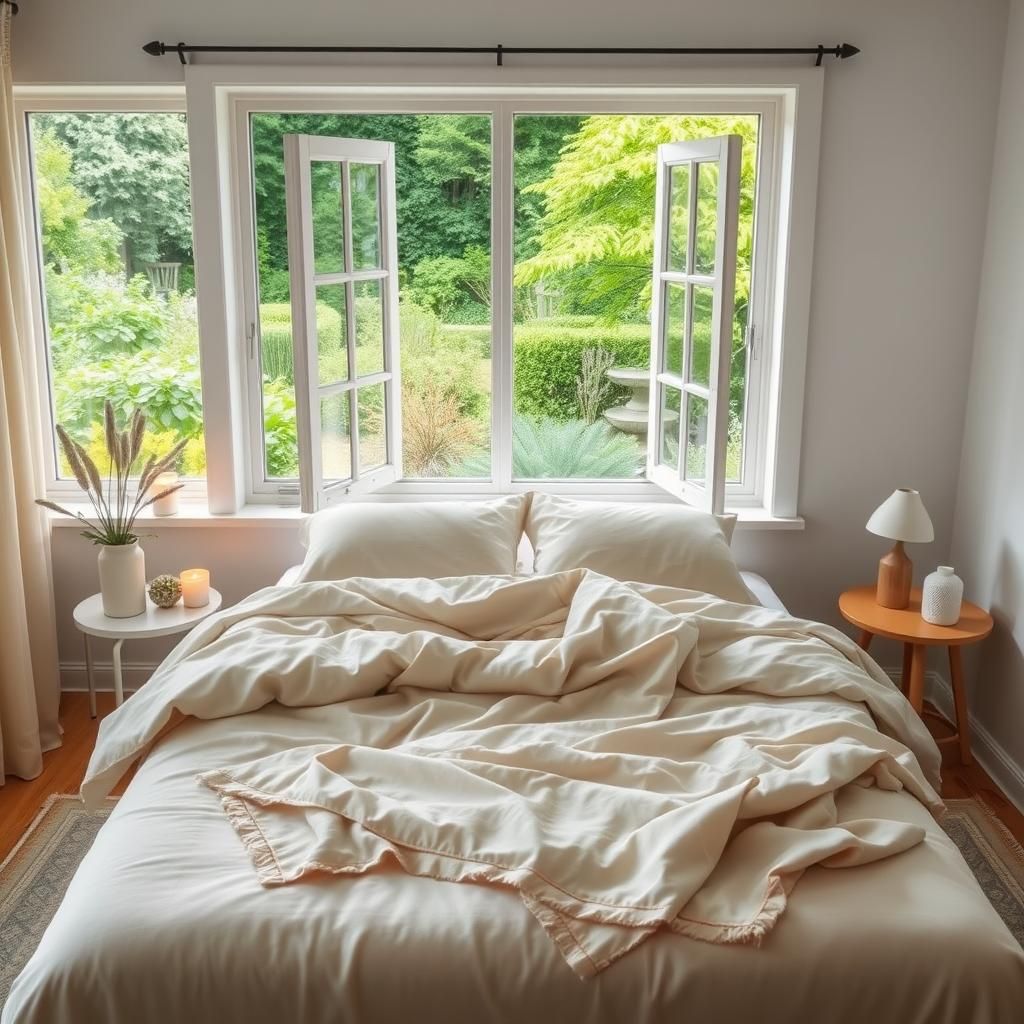
Other Considerations
- Minimize clutter: A cluttered bedroom can be distracting and create a sense of unease.
- Use calming colors: Paint your bedroom in calming colors like blue, green, or lavender.
- Introduce calming scents: Use essential oils like lavender or chamomile to promote relaxation.
- Limit caffeine and alcohol before bed: These substances can interfere with sleep.
- Establish a relaxing bedtime routine: Wind down before bed with relaxing activities like reading, taking a warm bath, or listening to calming music.

By optimizing your sleep environment, you can create a sanctuary that promotes restful and restorative sleep, leading to improved physical and mental health.
In Conclusion
Understanding the intricacies of sleep – from sleep architecture and circadian rhythms to the consequences of sleep deprivation and the importance of a proper sleep environment – is vital for optimizing our health and well-being. By implementing the knowledge and strategies outlined above, we can prioritize sleep and cultivate healthy sleep habits that support a happier, healthier, and more productive life. If you suspect you have a sleep disorder, don’t hesitate to seek professional medical advice. Quality sleep is an investment in your overall well-being, and it’s worth taking the time and effort to prioritize it.
Check Out This
Affiliate Link Disclosure: Some of the links in this post are affiliate links. This means that if you click on the link and make a purchase, I may receive a small commission at no extra cost to you. I only recommend products or services that I personally use and believe will be valuable to my readers.
